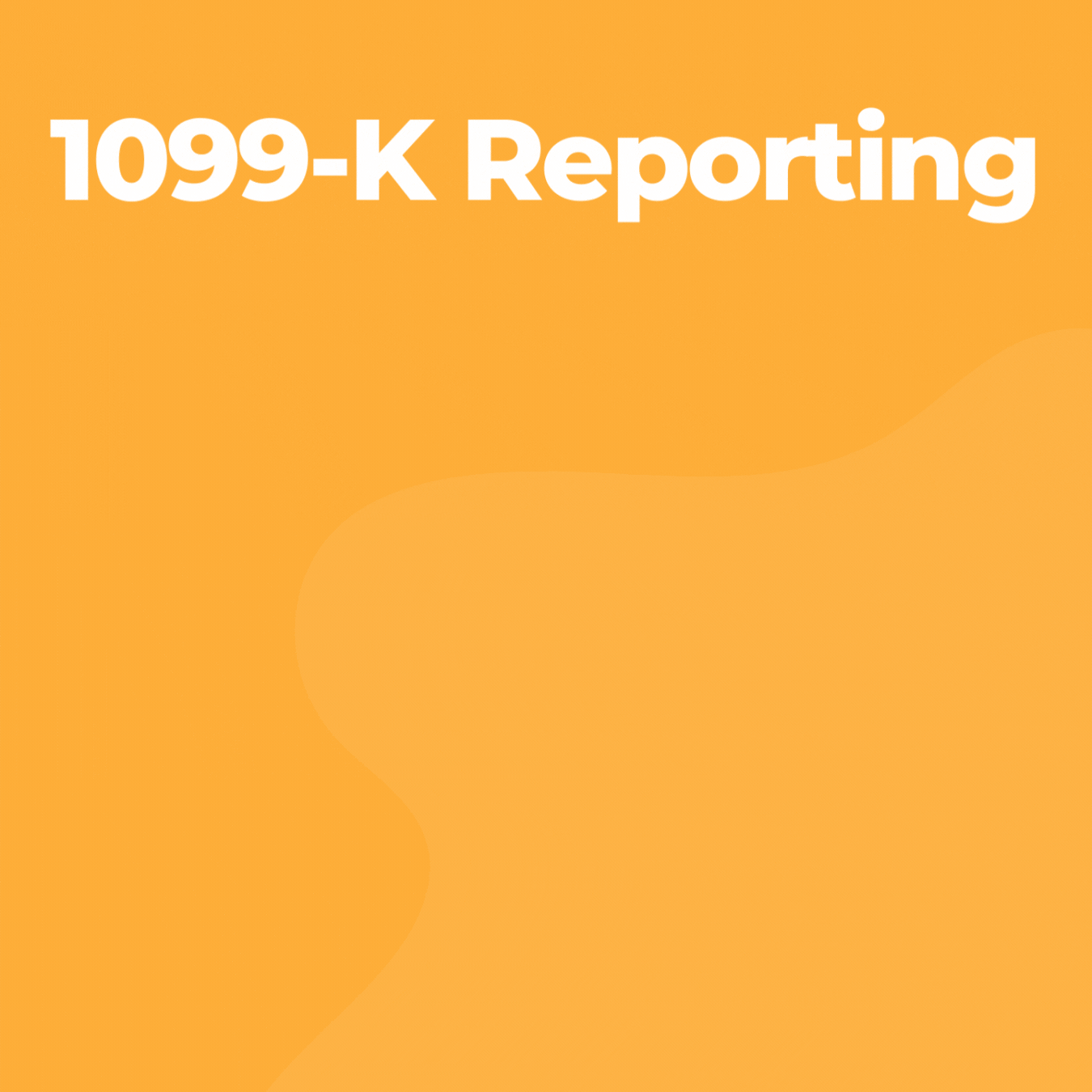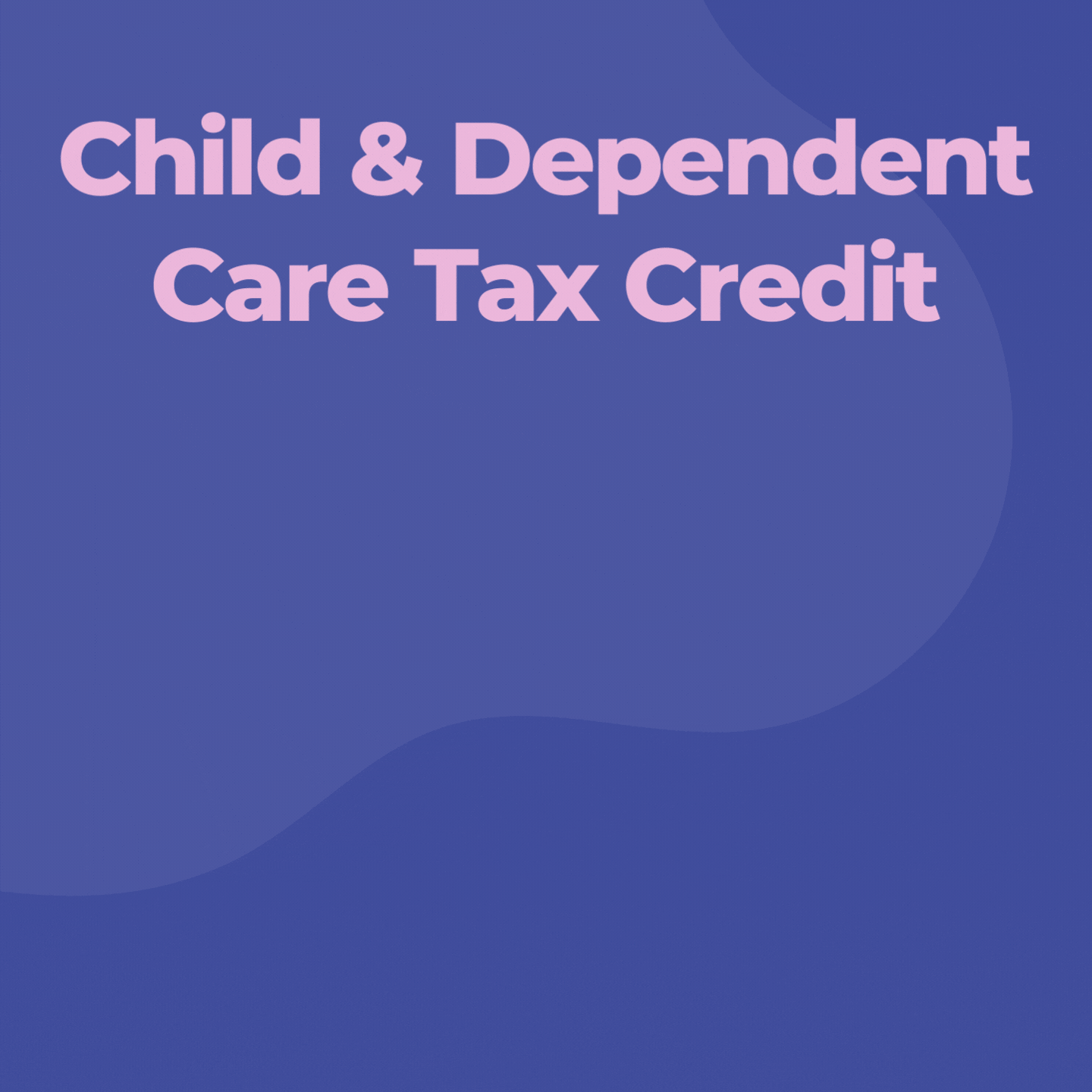6 Tax Updates You Need To Know For The 2023 Tax Season Including 1099-K, CTC & ETIC

Every year there are changes to tax law. As the tax year 2022 filing season approaches in 2023, it is a good time to review the changes for those 2022 tax returns. Understanding the tax code changes this year is more important than ever as some tax credit increases are coming to an end.
1) IMPORTANT UPDATE: 1099-K Reporting Delayed

The new 1099-K reporting requirements have been delayed by the IRS indefinitely. The new reporting requirement no longer applies for tax year 2022; however, it’s expected to be implemented for tax year 2023.
It’s possible you’ll still receive 1099-K forms from the third-party payment networks you use that comply with the new reporting requirements in tax season 2023. It’s also possible to receive a form 1099-K even though reporting isn’t required. If you receive a form 1099-K, this means the IRS and the third-party payment network (or other organizations) view that income as taxable. If you receive a form 1099-K, even if it doesn’t meet the reporting requirement, don’t ignore it. If you don’t think it should be taxable income, contact the issuer for a correction. If it is taxable income, then make sure to include it in your tax return.
What is 1099-K & what should I expect when it does go into effect in 2024 for tax year 2023:
What is taxable and what is not for this stricter reporting requirement hasn’t changed. However, you and the IRS may receive 1099-K information returns reporting transactions through third-party payment networks (Paypal, Venmo, etc.) that you wouldn’t have otherwise received due to new tax law.
Once the IRS is ready to implement the new requirements, all third-party payment processors are required to report payments received for goods and services of more than a total of $600 a year. This means if you’ve sold goods or conducted a business service and collected payment through Venmo, PayPal, Cash App, Square, Stripe, Etsy, or eBay, you may receive a 1099-K Payment Card and Third-Party Network Transactions Form, and that income will be reported to the IRS.
Currently, the 1099-K reporting requirement was for either $20,000 of annual transactions or more than 200 transactions annually. Those selling items for profit may be impacted by this.
Even selling things like clothes and electronics that you no longer need can be taxable income. Keep receipts for anything you buy and may sell later. You’ll want to do this because you only have to pay federal income taxes on sold items when you have a gain. If you sell something for less than you bought, there is no gain to be taxed. However, you need to be able to prove it.
The 1099-K reporting (and the taxation) is only supposed to be on transactions identified for goods and services, not when you send a relative a small gift or other non-income-producing activities.
If you receive a 1099-K that includes transactions that are not taxable, the IRS recommends you get the issuer of the 1099-K to correct the statement. If you are unable to get it corrected by the issuer, you may need to consult a tax professional to determine the best path forward.
2) Loss of Expanded Child Tax Credit

Part of the COVID pandemic response included increasing the Child Tax Credit for many taxpayers in 2021. For children under age 6, it was a maximum of $3,600 for each child. For children ages 6 to 17, it was a maximum of $3,000. However, for 2022, the Child Tax Credit returns to the maximum credit of $2,000.
3) Loss of Expanded Child And Dependent Care Credit

Another COVID pandemic response was increasing the Child And Dependent Care Credit. That increase has also gone away. The credit now returns to the previous rules. For 2022, you can claim up to $3,000 of qualifying expenses for one child and up to $6,000 for two or more children. The amount of the credit can be from 20% to 35% of the qualifying expenses.
4) Loss of Earned Income Tax Credit (EITC) Expansion

EITC was expanded for 2021, and that expansion was also only for 2021. If you have no qualifying children, you can only qualify for EITC if your age is between 25 and 65. To qualify for EITC, the limit for investment income is higher – up to $11,000 for tax year 2022. This credit is based on earned income and the maximum credit amounts for tax year 2022 are:
- No qualifying children: $560
- 1 qualifying child: $3,733
- 2 qualifying children: $6,164
- 3 or more qualifying children: $6,935
You can find more information about EITC here.
5) Loss of the $300 ($600 married filing jointly) charitable deduction
For tax years 2020 and 2021, taxpayers could deduct up to $300 ($600 married filing jointly) of charitable contributions even if they took the standard deduction and did not itemize. Unfortunately, the charitable deduction is no longer available unless you are able to itemize.
6) Teacher expense deduction
There’s good news for teachers this year. Eligible educators can now deduct $300 for eligible classroom supplies provided out of their own pocket, up from $250.
Jerry Zeigler is a Navy veteran who serves service members with financial counseling and education. As an Accredited Financial Counselor®, he is a member of the Better Financial Counseling Network and is the owner of JZ Financial Management. As a tax professional and Enrolled Agent, he has a passion for helping taxpayers navigate taxes.
